
This parent guide supports parents in helping their child at home with the 6th grade Social Studies content.
- Subject:
- Social Studies
- Material Type:
- Reference Material
- Vocabulary
- Author:
- Kelly Rawlston
- Letoria Lewis
- Date Added:
- 10/12/2022

This parent guide supports parents in helping their child at home with the 6th grade Social Studies content.

This resource accompanies our Rethink 6th Grade Social Studies course. It includes ideas for use, ways to support exceptional children, ways to extend learning, digital resources and tools, tips for supporting English Language Learners and students with visual and hearing impairments. There are also ideas for offline learning.
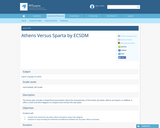
Students will: compare and contrast the city-states, Athens and Sparta, using a Venn diagram. compose an essay including the similarities and differences between the city-states, Athens and Sparta.
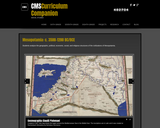
In this lesson, students use a variety of multimedia resources to analyze the geographic, political, social, economic, and religious structures of the civilizations of Mesopotamia.

In this lesson, students will be able to identify the purpose of a constitution and compare and contrast the US Constitution to constitutions in other democracies around the world.
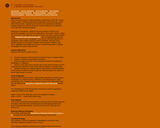
Working in small groups, students will work produce sections of an historical newspaper or journal for publication in democratic Athens. Using the resources of this Web site (as well as books and other resources listed in the Research Links & Resources Page) pick an approximate date and research stories for your newspaper. This section has been tailored for a newspaper about Athens during the time of Pericles, because of the greater amount of information available for that period. However, with some adaptation and additional research it would be possible to compile newspapers for early or later periods.
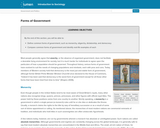
In this activity, students define common forms of government, compare common forms of government and identify real-life examples of each.

This resource describes basic forms of government (ie. republic, constitutional monarchy, federal republic, etc).

In this web post, students will study 10 forms of government and how they act. They will look into the linguistic origins of these governments and how they are called what they are.

On this webpage, students will see that governments play a pivotal role in society, one which defines the fate of the citizens they govern. The way governments operate is not the same. Different governments have their different form and functioning.
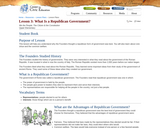
In this lesson, students gain an understanding of why the Founders thought a republican form of government was best, as well as learn about civic virtue and the common welfare.

This course was created by the Rethink Education Content Development Team. This course is aligned to the NC Standards for 6th Grade Social Studies.

This course was created by the Rethink Education Content Development Team. This course is aligned to the NC Standards for 6th Grade Social Studies.

In this lesson, students learn that the Roman Empire had massive influences on the rest of the world, from city planning to daily vocabulary.

In this unit, students will study what common interests and goals lead to the rise of great civilzations, the political leadership and government influence on ancient cultures, and what common factors broght about the decline of notable civilizations.

During this unit students will examine civilizations from around the globe to examine similarities and differences from various cultures. A key component of this unit will be to identify areas of innovation to understand how they led to the advancement of the society as a whole.

In this activity, students will determine the similarities between three early river valley civilizations - Mesopotamia, India, and China - focusing on government/laws, religion, and social structure. Students will write an essay using examples from all three civilizations.
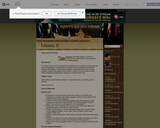
This lesson focuses on the concept of the afterlife and the importance of pleasing the gods and goddesses, the significance of tombs and tomb building, and the burial customs and traditions of the ancient Egyptians. After learning about all of these concepts, students will design a tomb, create a model of it, and complete a short written assignment explaining the design and contents of the tomb.

This presentation reviews types of government.

This presentation is designed as an informal assessment to determine students' understanding of various types of government.